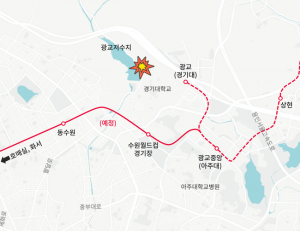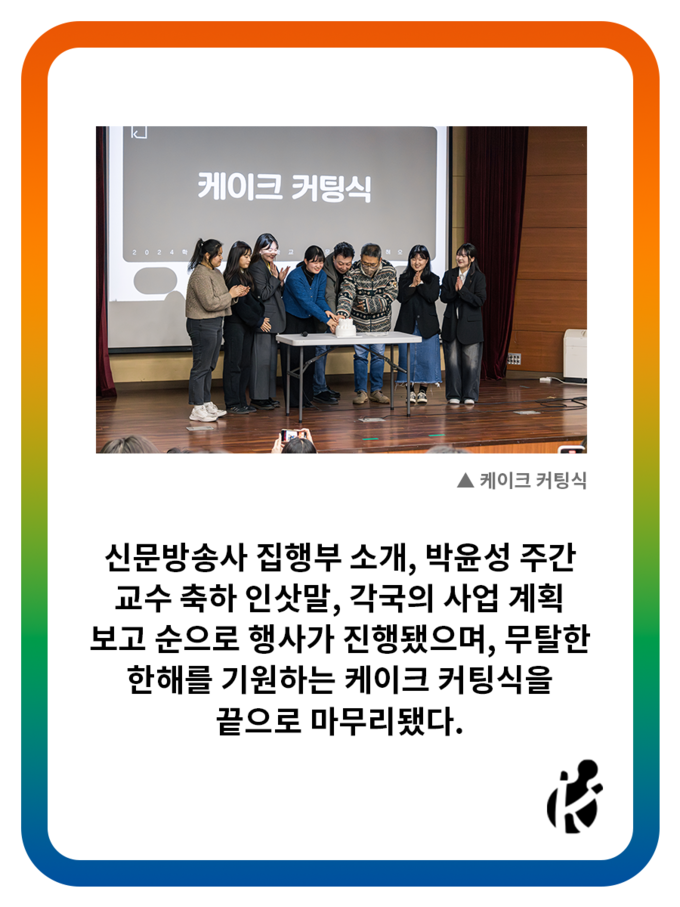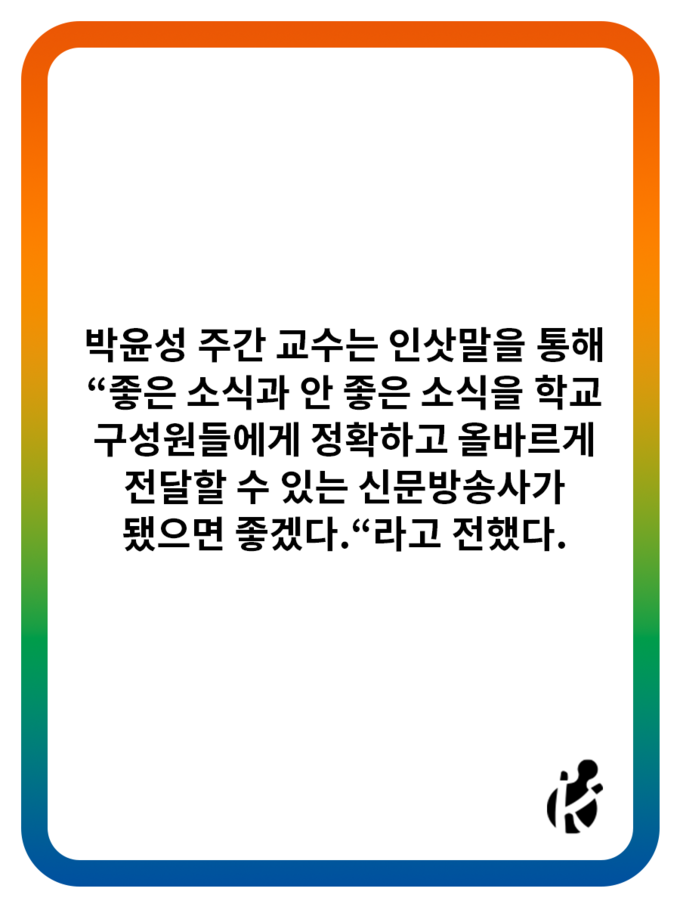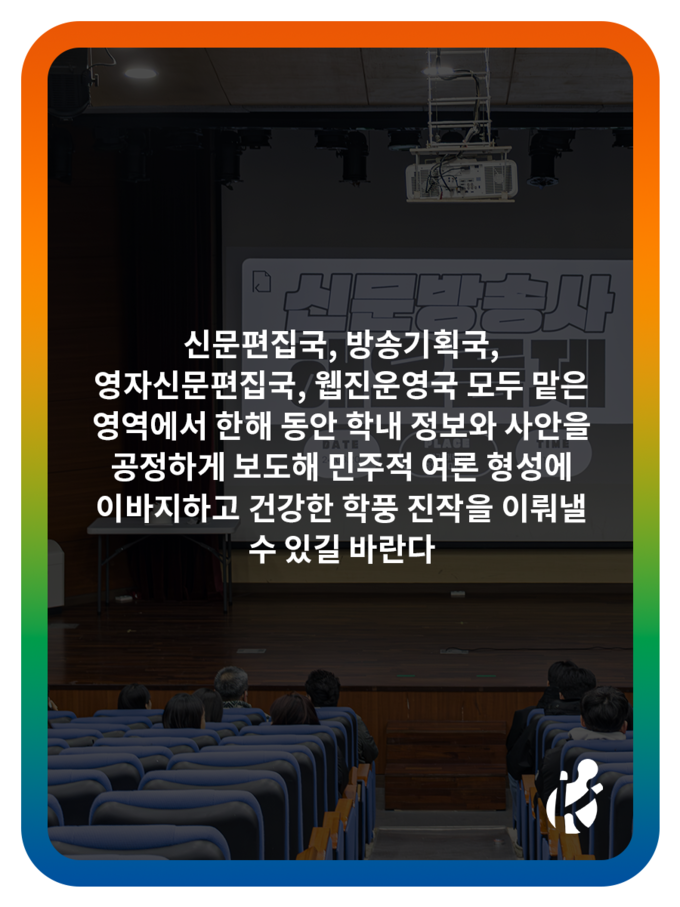The recently released movie Exhuma (Pamyo) has been hugely successful. This movie’s story is based on South Korea’s shamanism. Nowadays we usually see shamanism and shamans through various media like movies and dramas. These shamans are portrayed as quite scary, creepy, and evil images, so they are established as scary and creepy beings in our hearts. However, shamanism is part of our history and has existed for a very long time. Thus, we can consider shamanism as part of the living history of Korea.
Pharos conducted a simple survey of Kyonggi University students to find out how they perceived shamanism. We asked them, “Tell us what feelings, thoughts, and images come to mind when you think about Korea’s shamanism.” In response, most of the students answered, “It’s scary and reminds me of a ghost,” or “It’s interesting.” Is shamanism really as dark as we think?
The records of shamanism in our history
1) The Bronze age, the first appearance of a shaman
According to current data, the first appearance of shamanism in Korean history is the Bronze Age. The mirror, bronze bell, etc., things that shamans use, have been discovered from this period.
2) The record of shamanism in the Three Kingdoms Period of Korea
We can check the existence and work of shamans through Samguksagi and Samgungnyusa. The shaman played the role of a medium who connects the world of the dead and the living, heals gut diseases, interprets weird cases, and tells the future.
3) The goryeo Dynasty, the advent of new shamanic rituals
Entering the Goryeo Dynasty, new shamanic rituals appeared. There emerged a rain calling ceremony and kieun, a ceremony where shamans prayed for the endless blessing of the royal family. In addition, beliefs about the gut were established.
4) The Joseon Dynasty, the rites of passage of shamanism
In the Joseon Dynasty, shamanic rites of passage emerged. A rite of passage is a ceremony which we perform at an important turning point in life, from the birth of a person to their death. In shamanism, there were many rituals related to death.
Since a long time ago, shamans have kept humans safe from misfortune through singing, dancing and the gut. However, various media is maximizing the appearance of an evil shaman, and it has spread the perception that “a shaman is a scary, creepy being.” For example, in the Netflix drama The Glory, it showed an extreme image of a corrupt, money-hungry shaman. Therefore, today, rather than being biased about the existence of shamans as scary and evil, we need a new and more informed perception about the essential role of shamans, which is part of our history.
79th Reporter • NAM HYE SEUNG • namhyeseung50@gmail.com
- TAG
-
 Shall We Dance?
There are moments that you want to get away from. Sometimes life is overwhelming and you might think that you’re too fragile. Due to personal reasons, I felt like that while working on this issue. Although I felt helpless, somehow I got over it. You control your own life. Your society is where you belong. You should take responsibility for your life and society and take good care of yourself. What I tried not to forget is this quote by Viv...
Shall We Dance?
There are moments that you want to get away from. Sometimes life is overwhelming and you might think that you’re too fragile. Due to personal reasons, I felt like that while working on this issue. Although I felt helpless, somehow I got over it. You control your own life. Your society is where you belong. You should take responsibility for your life and society and take good care of yourself. What I tried not to forget is this quote by Viv...

 [심층보도] 캠퍼스타운, 본교 발전의 초석 될까
[심층보도] 캠퍼스타운, 본교 발전의 초석 될까
 [와이파이] 성인 엑스포, 단순 행사인가 유사 성매매인가
[와이파이] 성인 엑스포, 단순 행사인가 유사 성매매인가
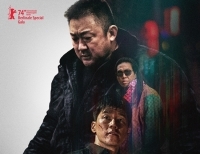 [방구석 시사회] ‘괴물 형사’ 마석도, 네 번째 진실의 방으로
[방구석 시사회] ‘괴물 형사’ 마석도, 네 번째 진실의 방으로
 [진리터] 우후죽순 발생하는 이슈, 관심으로 찾을 수 있는 권리
[진리터] 우후죽순 발생하는 이슈, 관심으로 찾을 수 있는 권리

 목록
목록





